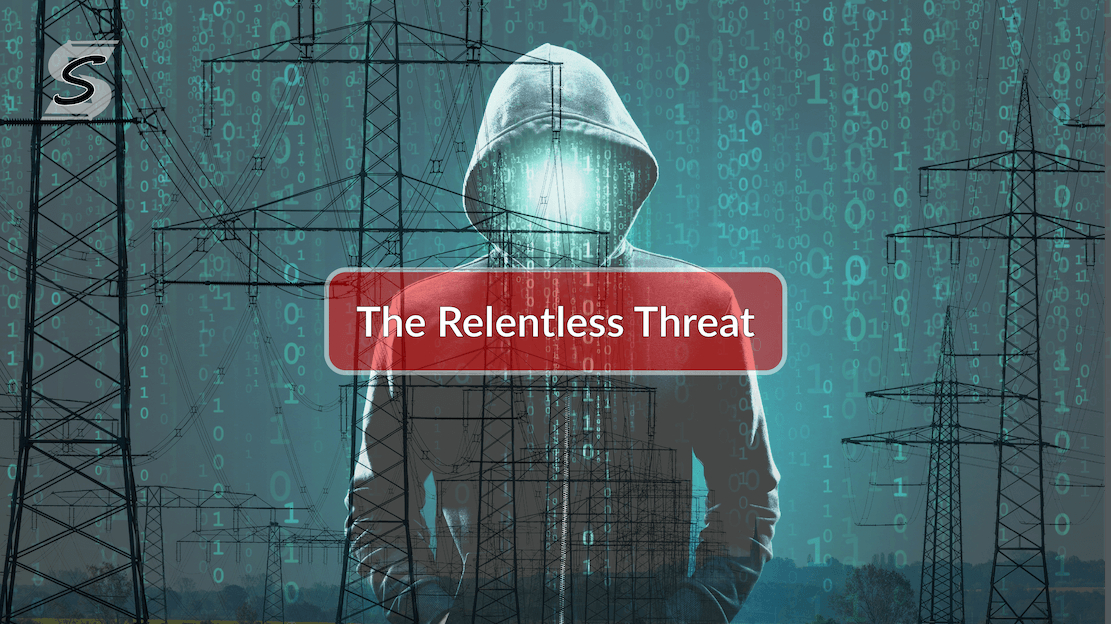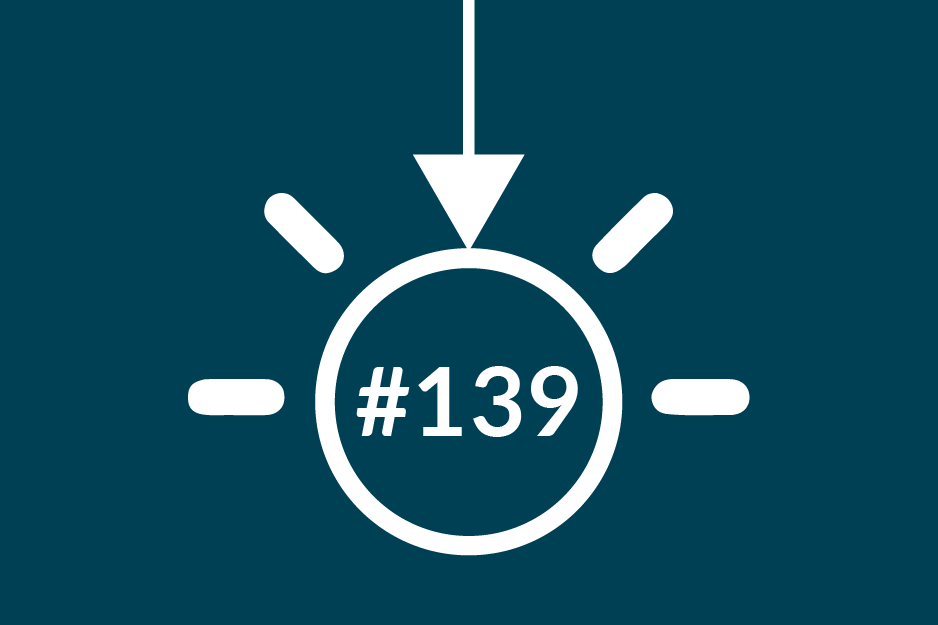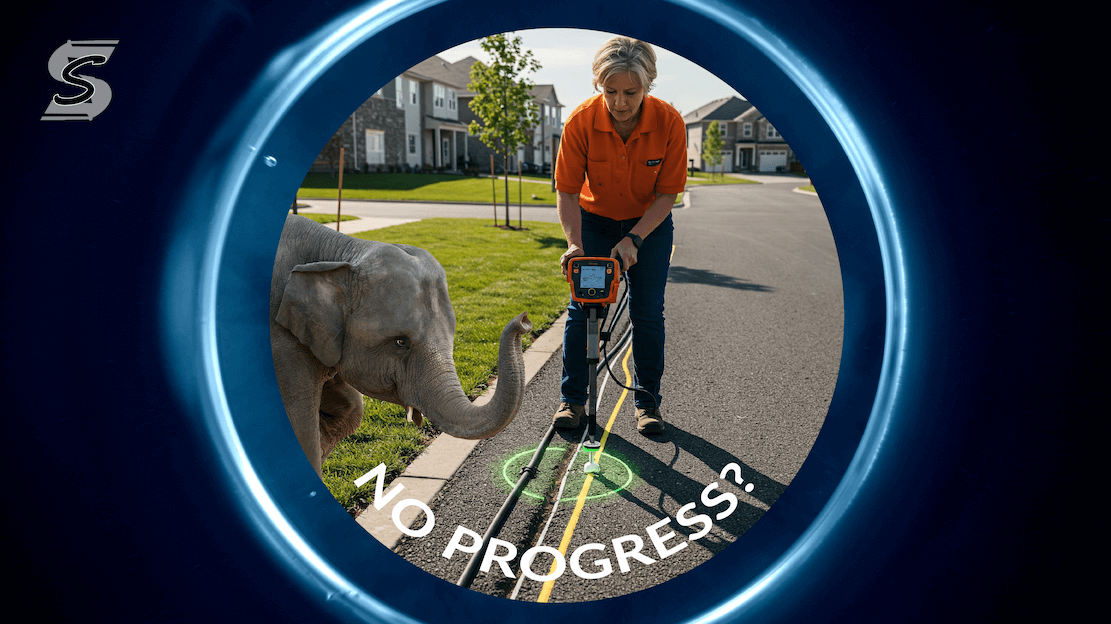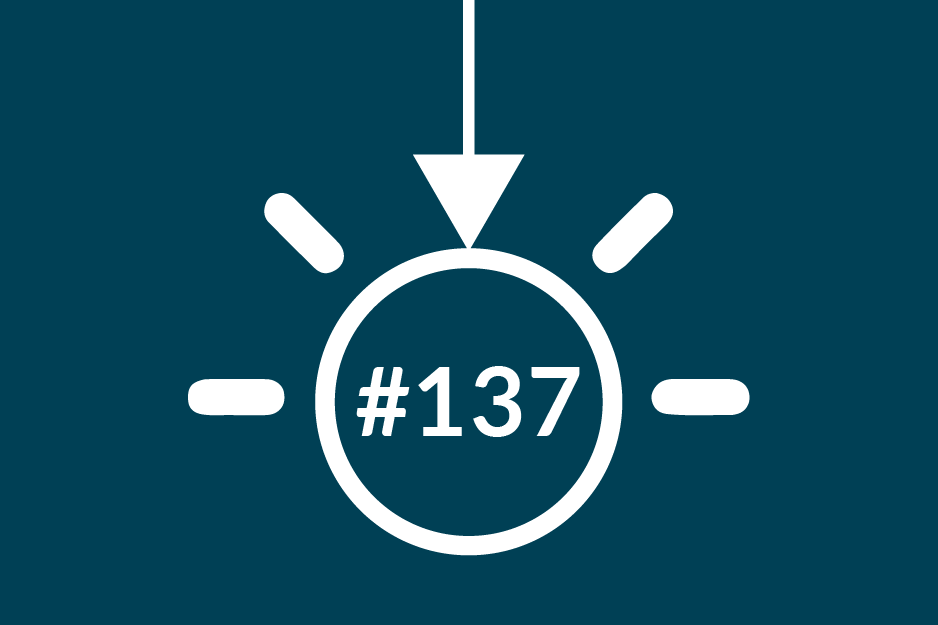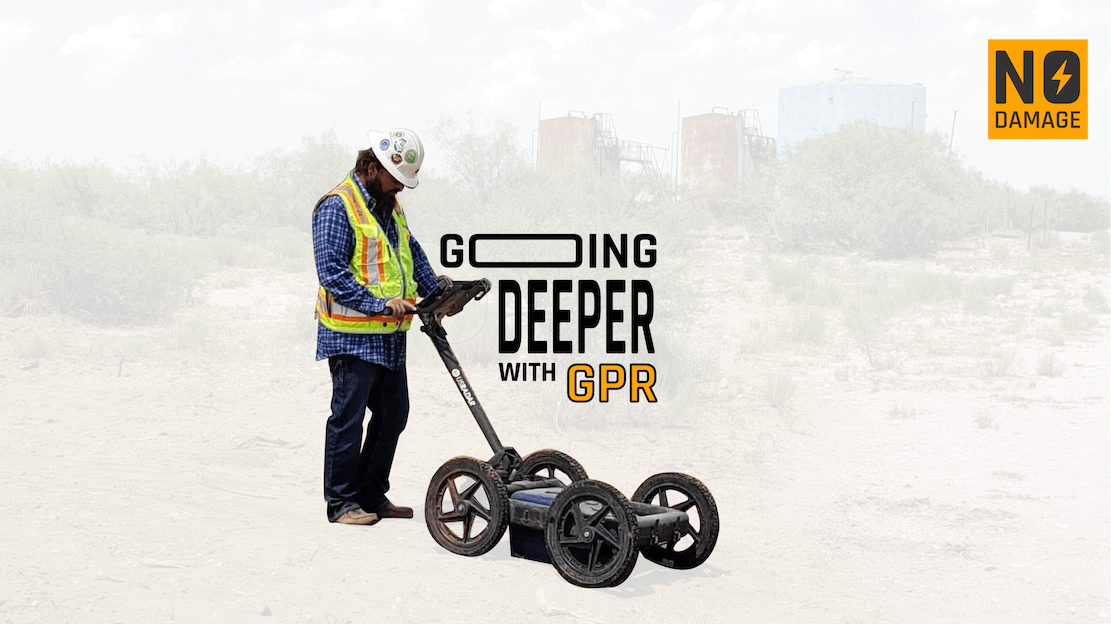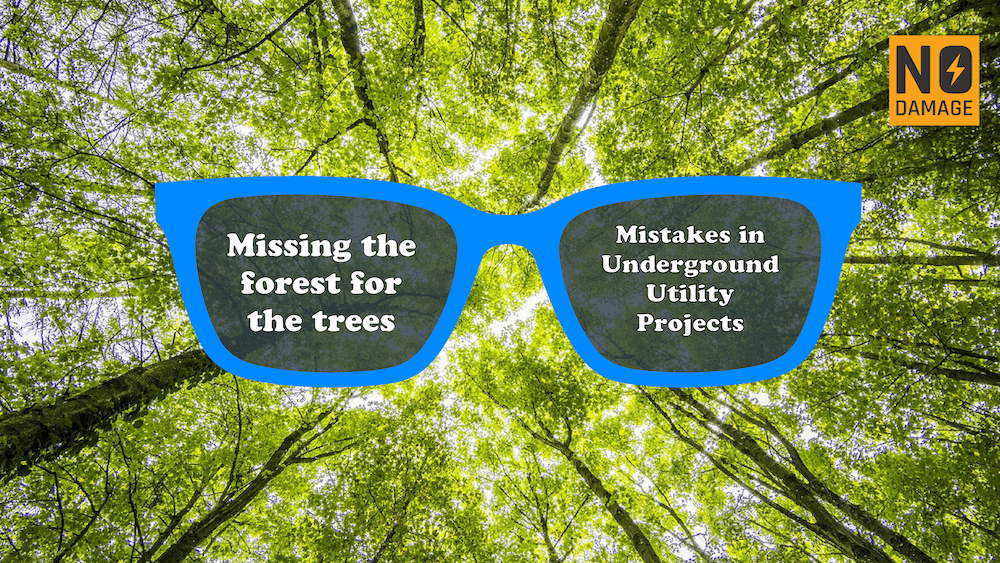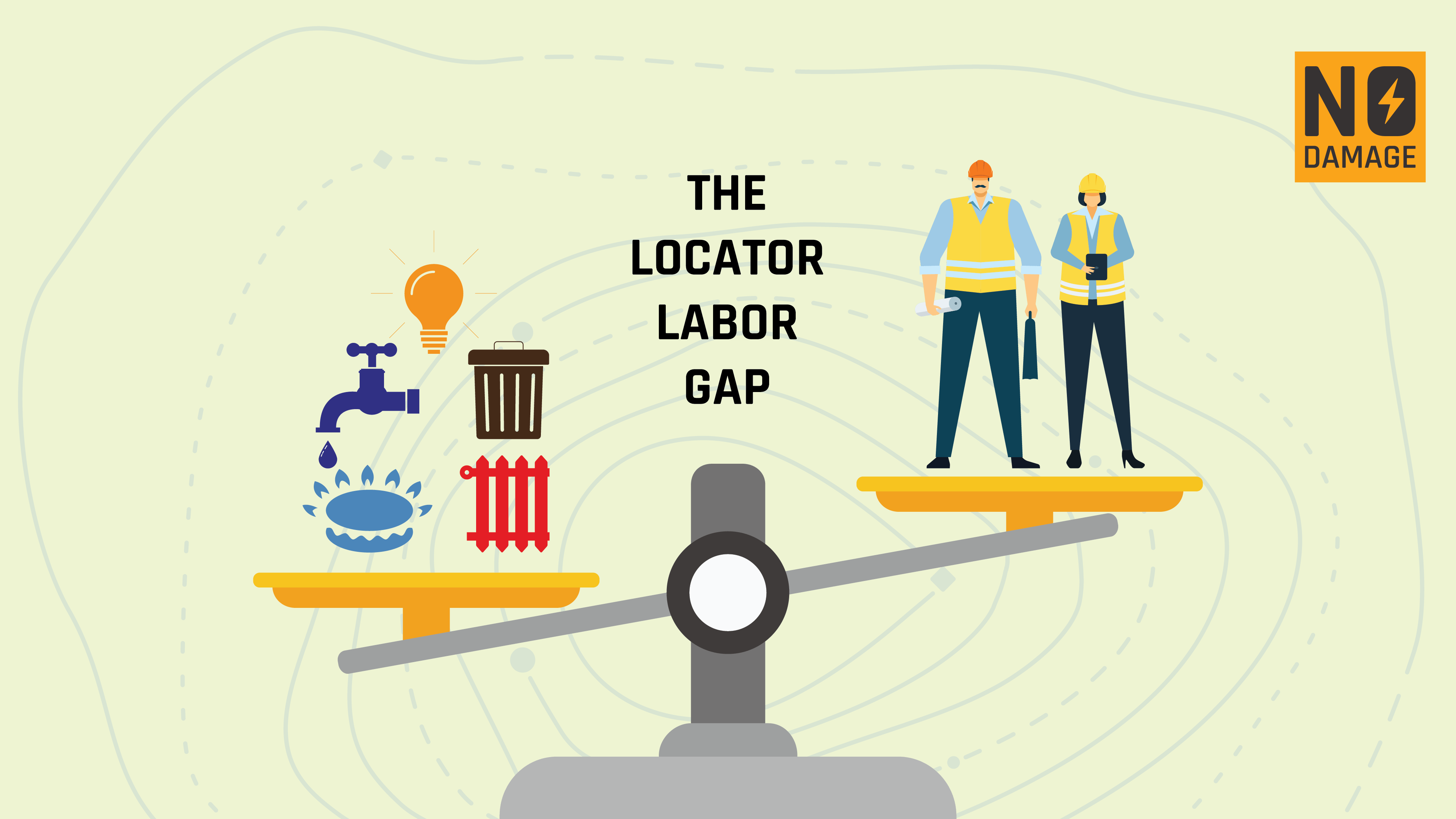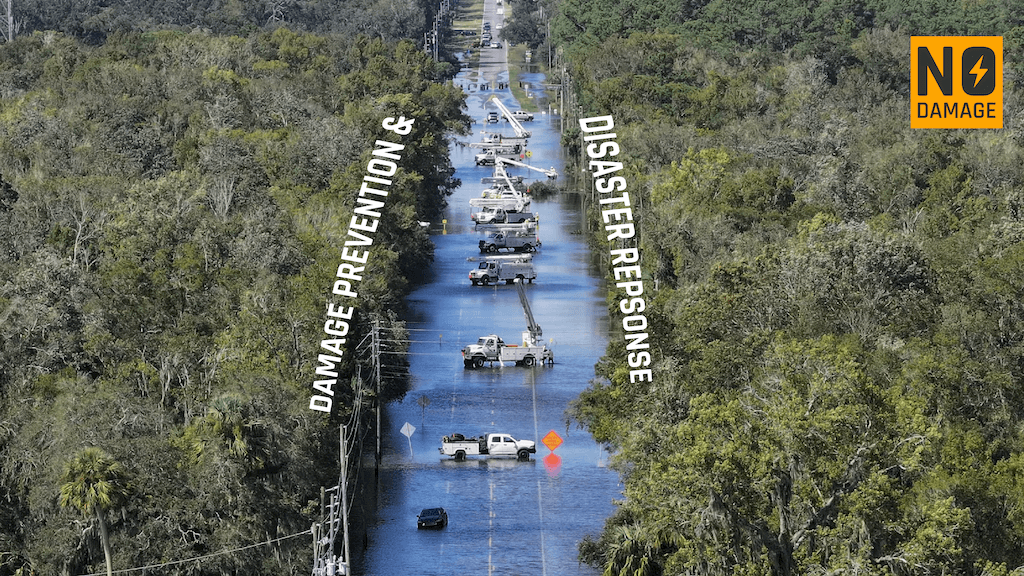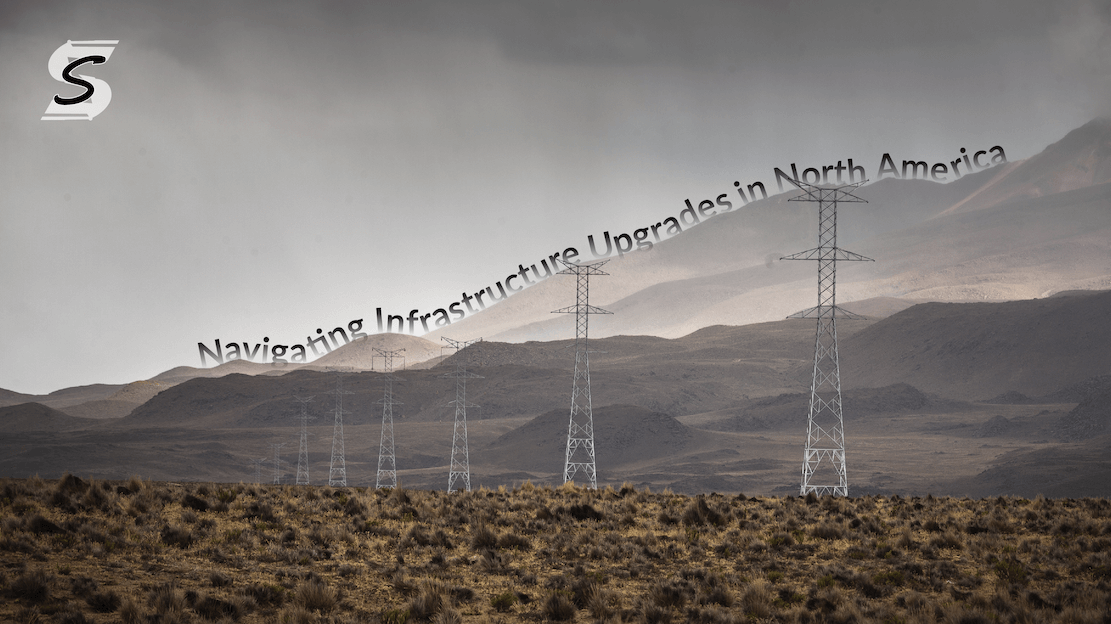
An article I recently encountered made me reflect on the state of North America's current power grid. We're constantly bombarded with reports of a strained grid, whether due to burgeoning data centers, crypto mining, population growth, or a combination of factors. It's undeniable: grid expansion is a necessity. However, this need clashes directly with our desire to preserve the natural beauty of our landscapes.
Just like in the UK, we've reached a critical juncture. Are we destined for perpetual conflict between those pushing for infrastructure upgrades and communities fearing the visual and environmental consequences? Moreover, recent events have highlighted the grid's vulnerability, from discussions about the Texas grid's isolation to concerns about foreign interference and even the threat of cross-border power disruptions during tense trade negotiations.
Simply throwing financial incentives at this problem has proven ineffective. While such compensation might temporarily appease some, it fails to address the fundamental issues: a lack of clear communication and a reliance on outdated infrastructure models.
Our current grid, designed for centralized power generation, struggles to accommodate the rise of distributed energy resources. The explosion of solar, wind, and other decentralized sources is creating bottlenecks, forcing us to consider massive transmission line expansions. But are endless new pylons the only solution? I believe we can find a better way.
What else can we do?
Leveraging advancements in AI is crucial for modernizing our energy infrastructure. By meticulously mapping and analyzing existing networks, we can pinpoint areas of risk which are ripe for upgrades and reinforcements. This is basically proactive damage prevention. Utilities can harness the power of AI to predict and mitigate the impact of extreme weather events, significantly enhancing grid resilience and improving storm response. Companies like Urbint are demonstrating the transformative power of AI in this context, providing predictive analytics to identify and address infrastructure risks before they lead to failures.
The emergence of microgrids presents a compelling alternative to our traditional monolithic grid design. Instead of solely focusing on long-distance transmission, we can invest in localized, resilient energy systems. Microgrids, powered by a combination of renewables and storage, can alleviate strain on the main grid, reducing the need for extensive new pylons. When new transmission infrastructure becomes unavoidable, we must prioritize protecting our environment, which includes its aesthetic value. Therefore, where feasible, undergrounding should be strongly considered. For necessary above-ground infrastructure, transparent communication about the benefits of a robust and adaptable grid – including increased reliability, localized energy security, and the integration of diverse energy sources – is paramount. We need to engage communities in open dialogue, acknowledging their concerns about visual impact and demonstrating our commitment to minimizing disruption.
Balancing the costs of undergrounding with the need for grid resilience is a key challenge in North America. While widespread undergrounding is expensive due to our vast distances, the Infrastructure Act and the Inflation Reduction Act provide a pathway to strategically optimize existing infrastructure and address the rapid growth of renewable energy. Furthermore, targeted undergrounding remains essential for mitigating storm-related disruptions.
Conclusion
The need for grid modernization in North America extends far beyond simply accommodating increased demand. It's fundamentally tied to storm resilience and damage prevention. Our aging infrastructure, particularly overhead power lines, are highly vulnerable to extreme weather events. By strategically implementing microgrids, we can create localized energy islands capable of maintaining power during outages. Leveraging AI-driven predictive analytics, like those provided by Urbint, allows utilities to identify and reinforce vulnerable points before storms hit, minimizing damage. We must move beyond the false dichotomy of 'pylons or nothing.' North America requires a more sophisticated and nuanced approach to infrastructure development. By moving away from a centralized power grid, optimizing existing networks, and utilizing AI-driven tools like those offered by Urbint, we can build a resilient and adaptable energy future without sacrificing the landscapes we cherish. After all, people demand reliable power, but they also deserve solutions that respect their communities and environments. This holistic approach, blending localized solutions with advanced technology, is essential for building a grid that can meet the demands of the future and incorporate different power sources with different characteristics.
Share this Post


